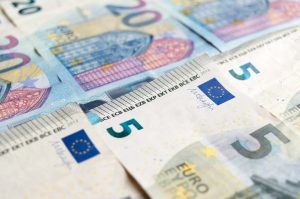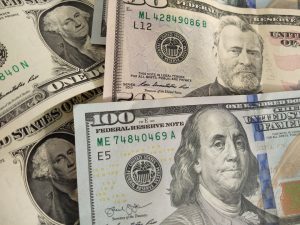Foreign exchange (forex) trading involves buying and selling different currencies with the aim of making a profit. One of the factors that traders need to consider is the rollover cost, also known as swap cost. Rollover cost is the cost of holding a position overnight, which is incurred by traders who hold positions open beyond the end of the trading day. This cost is calculated based on the difference between the interest rates of the two currencies involved in the trade. In this article, we will discuss what rollover cost forex is and how it works.
What is Rollover Cost Forex?
Rollover cost forex is the cost of holding a trading position overnight. It is also known as the swap cost, as traders are swapping one currency for another. The rollover cost is determined by the interest rate differential between the currency pairs being traded. Interest rate differentials are the difference between the interest rates of the two currencies involved in the trade.
For example, if you are trading the EUR/USD currency pair and the interest rate for the Euro is 0.1%, while the interest rate for the US dollar is 2%, then the interest rate differential is 1.9%. This means that you will be charged 1.9% on the position you hold overnight.
How Rollover Cost Forex Works?
Rollover cost forex works by charging traders for holding positions overnight. When traders trade forex, they usually open and close positions within the same day. However, some traders may hold their positions for more than one day, and in such cases, they will be charged the rollover cost.
The rollover cost is calculated based on the interest rate differential between the two currencies being traded. If the interest rate of the currency you are buying is higher than the interest rate of the currency you are selling, you will receive a credit. However, if the interest rate of the currency you are buying is lower than the interest rate of the currency you are selling, you will be charged a debit.
The rollover cost is usually calculated at the end of the trading day, which is at 5 pm EST. If you hold a position beyond this time, you will be charged or credited accordingly. The rollover cost is automatically deducted from or added to your account.
Factors That Affect Rollover Cost Forex
The rollover cost in forex trading is affected by several factors, including the interest rate differential, market volatility, and the size of the position. Below are some of the factors that affect rollover cost forex:
1. Interest Rate Differential: The interest rate differential is the main factor that affects the rollover cost. If the interest rate of the currency you are buying is higher than the interest rate of the currency you are selling, you will receive a credit. However, if the interest rate of the currency you are buying is lower than the interest rate of the currency you are selling, you will be charged a debit.
2. Market Volatility: The volatility of the market can also affect the rollover cost. If the market is volatile, the cost of borrowing or lending money may increase, leading to higher rollover costs.
3. Position Size: The size of the position can also affect the rollover cost. If you have a large position, you may be charged a higher rollover cost.
Conclusion
Rollover cost forex is an important factor that traders need to consider when trading forex. It is the cost of holding a trading position overnight, and it is calculated based on the interest rate differential between the two currencies being traded. The rollover cost can be a credit or a debit, depending on the interest rate differential. Traders should be aware of the rollover cost and how it works to make informed trading decisions.





